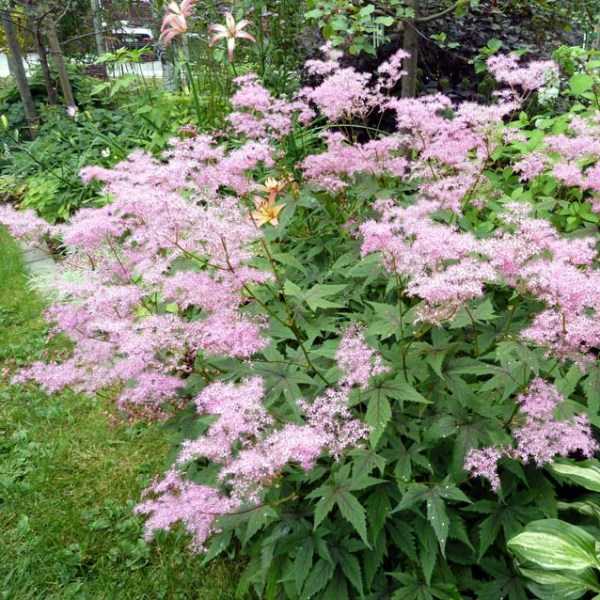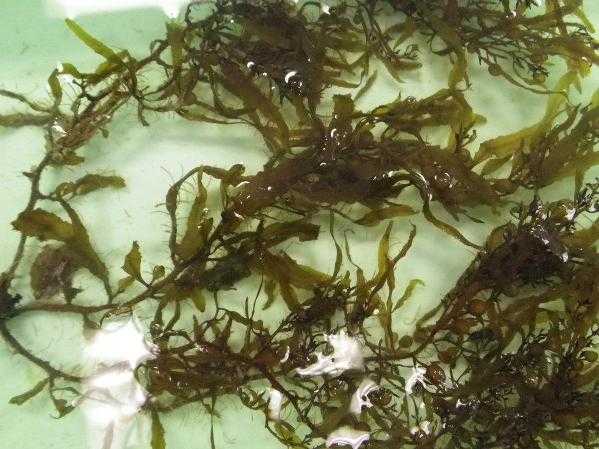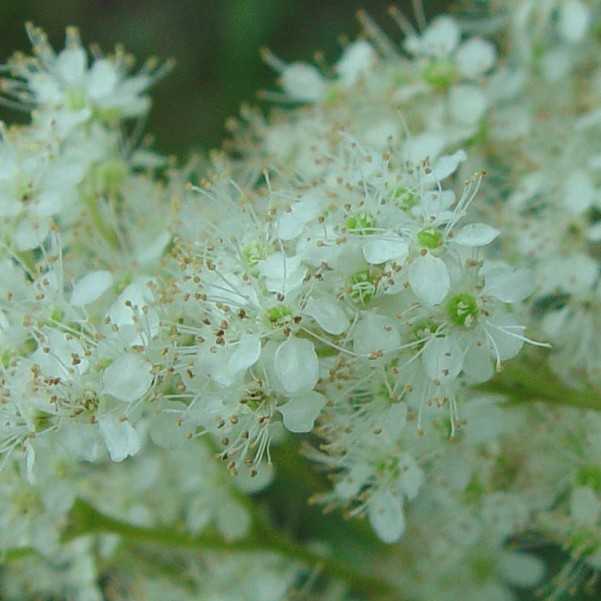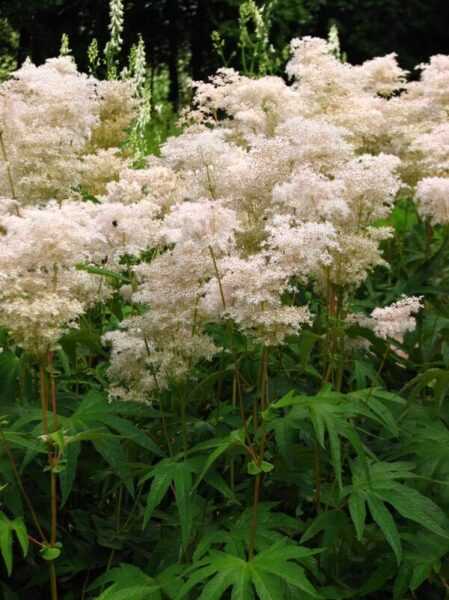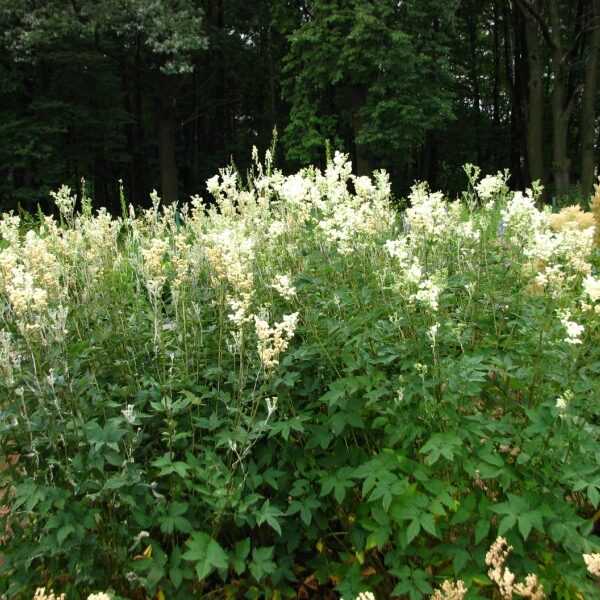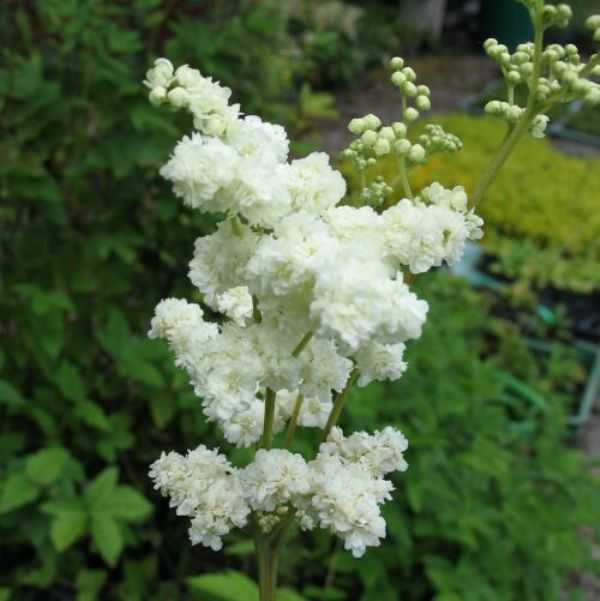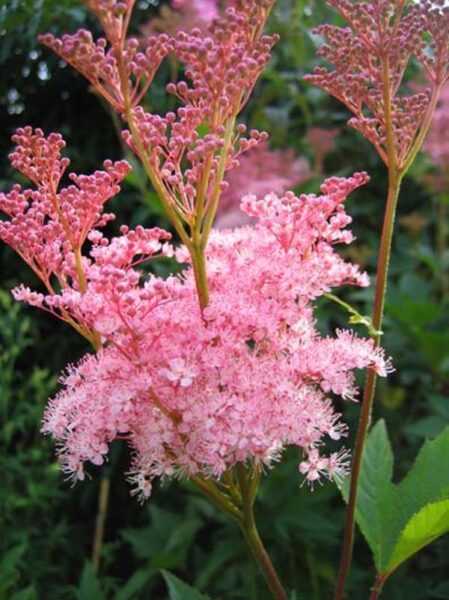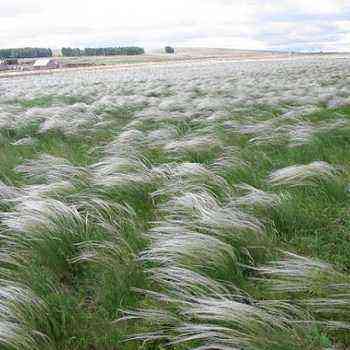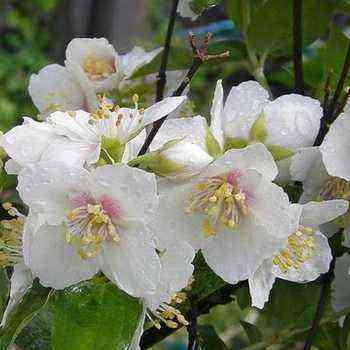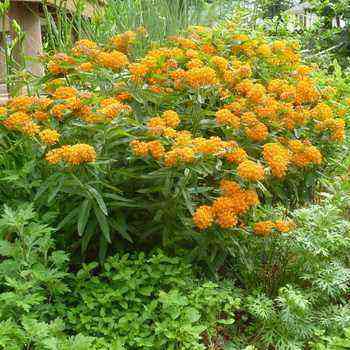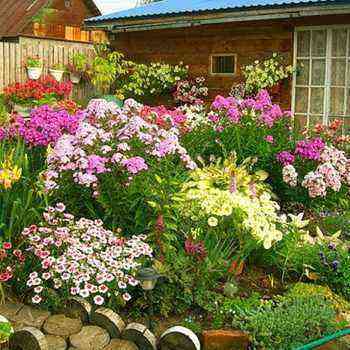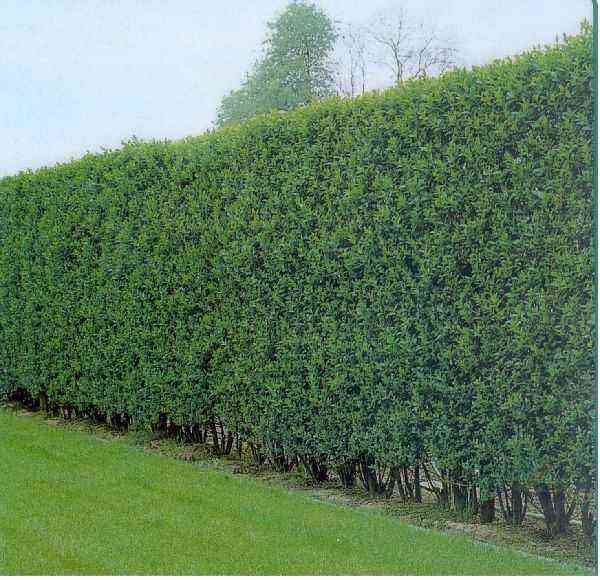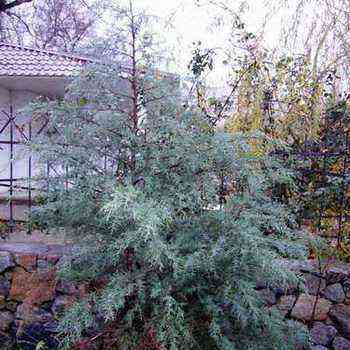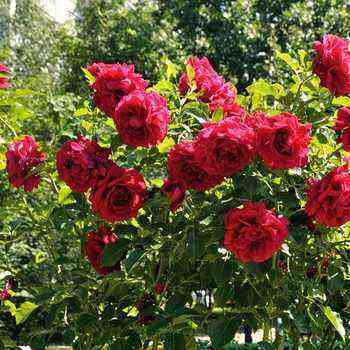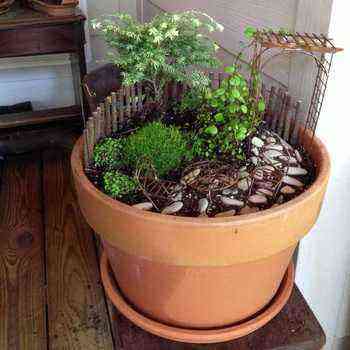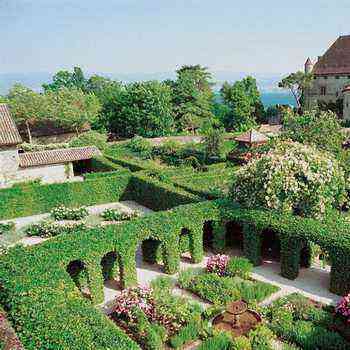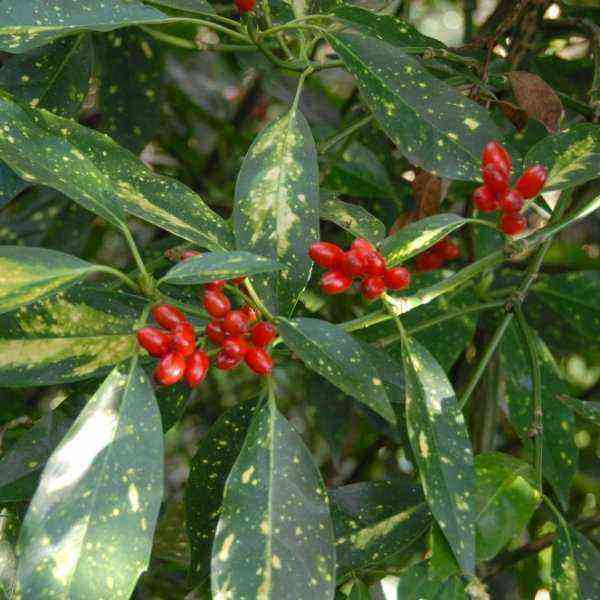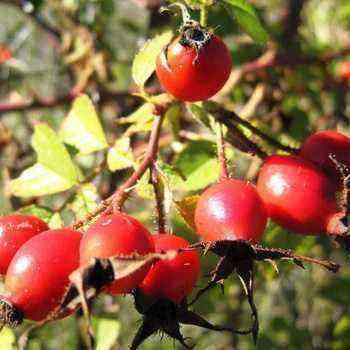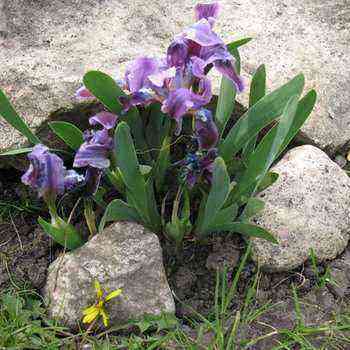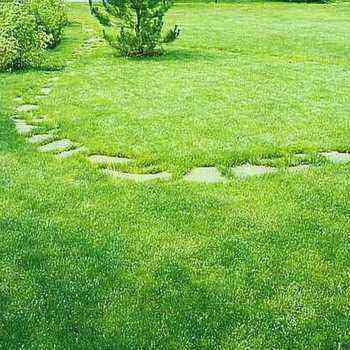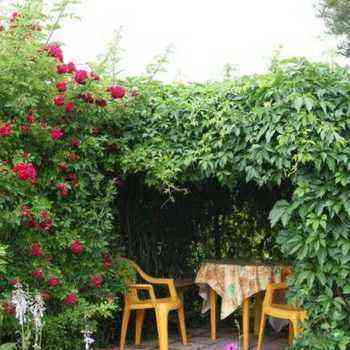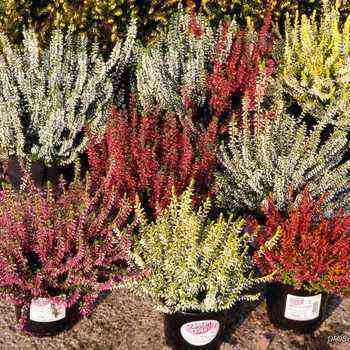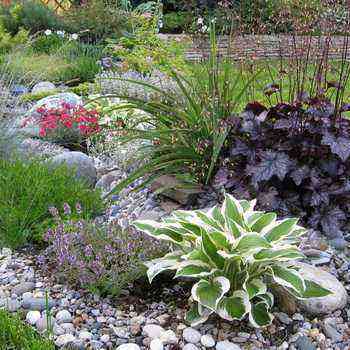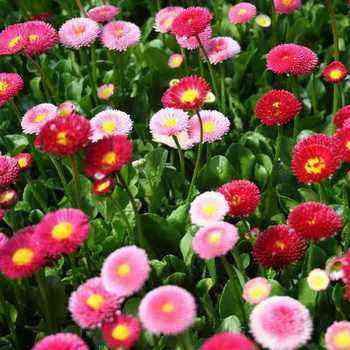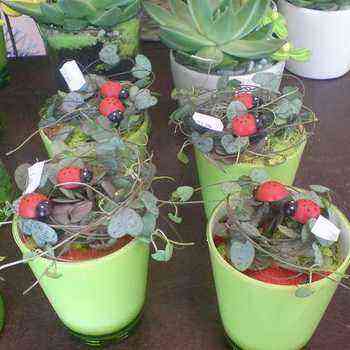Landscaping of the territory of the personal plot requires some agronomic and botanical knowledge. This is important for the correct selection of plants, taking into account their exactingness to growth conditions and decorative properties. Meadowsweet grass belongs to the type of plants that, in natural growing conditions, prefer coastal zones. Accordingly, on its site, it is advisable to use it for landscaping the edge of an artificial pond or lake. With the help of meadowsweet grass, you can not only hide some of the shortcomings of the existing landscape, but also create excellent conditions for shading flowers that are not demanding on the amount of sunlight.
Description of meadowsweet grass and its photo
So, let’s start describing the meadowsweet grass, and the photos will show you all the splendor of mature, developed bushes. First of all, let me reassure you, the meadowsweet plant belongs to perennial crops that can grow in the same place for 5 to 8 years. This greatly simplifies the care of meadowsweets during the cultivation process. It is not required, at least annually, to dig up the soil and plant seeds or seedlings. Meadowsweet flowers are a magnificent, moisture-loving representative of the rosaceous species. This group also includes wild rose, rose and many other plants you know. The history of the origin of the name of this herb is interesting. It comes from two Latin roots, which literally mean “hanging on strings.” If you look at the meadowsweet in the photo, you will understand that the name is far from accidental. Its small tubers seem to hang on long thin filaments of the root system.
In ornamental garden culture, about 10 simple and hybrid species of meadowsweet grass are used. The main cultivation area is difficult swampy soils and the fringing of ponds and lakes.
Common species
In order for you to be able to choose the right plant for your garden, we suggest that you familiarize yourself with the description of some species and varieties of meadowsweet. We will start with the most common meadowsweet, or as it is also called, meadowsweet.
Common meadowsweet meadowsweet
Do you want the area around your artificial reservoir to smell fragrant in mid-May, drowning in a sea of snow-white horn-like flowers with a small bud diameter, which is about 1 cm wide? Then pay attention to meadowsweet, or common meadowsweet: the photo shows adult bushy plants. In order to grow such a bush in your area, you will need about 2 years and proper care.
The inflorescence has 6 petals, which are collected neatly around the calyx with amniotic petals. White color. The leaves are concentrated at the base of the bush and have a patterned structure. As the shoot grows, the deciduous mass becomes thinner and gives way to paniculate inflorescences. After flowering of the common meadowsweet, meadowsweet for 2 months develops edible fruits that resemble in their shape a berry with a crown edge.
Elm-leaved meadowsweet
Do you like slender tall thickets of openwork bushes that shade the shore of the pond from the hot midday sun? Then, especially for you, a variety of meadowsweet has been bred. This is a powerful tall plant of a bush shape, which, with proper care, reaches a height of 120 cm. The entire bush is covered with large foliage with feathery forms, dissected in some places.
The first flowers of meadowsweet appear in early June. The total flowering period is approximately 2 months. Flowers have a small diameter and rich creamy white color.
Red meadowsweet “Venusta”
An excellent decoration of any site is a combination of plants of the same species, but of different varieties, which differ from each other not only in the shape, but also in the colors of the inflorescences. All this can be fully attributed to such a plant as the grass red meadowsweet “Venusta”. It goes well in group plantings with common meadowsweet and visleaf.
Look at the photo of a red meadowsweet, and you will see how gracefully on a high stem, bordered with openwork elastic foliage, paniculate inflorescences are located, consisting of flowers of small diameter with different colors. Red and pink flowers predominate, and they are successfully set off by white creamy and yellowish buds. The result is an elegant and aesthetically pleasing picture.
Care of the meadowsweet during the cultivation process
In the wild, this plant is widely distributed along natural water bodies. In this regard, we can say that no special care for the meadowsweet is required in the process of growing it. And this will be a big mistake, since it is worth understanding that the natural habitat is an interconnected chain of processes in which nutrients are produced and the soil is loosened naturally. And the transplantation of wild plants takes place in a timely manner.
How to care for a meadowsweet on your site?
For a start, it’s worth figuring out where to plant it. It is best to choose southern sides with plenty of sunlight throughout the day. Although the meadowsweet grass also tolerates a little shading. Well structured loam is the preferred soil type.
In the process of caring for a meadowsweet, watering is the most important point. If the root system has access to fluid from your artificial reservoir, great. If not, then it is advisable to organize watering in such a way that the soil ball is always moist at a depth of 5 cm.
For the first planting, the seedling method is used. Sowing seeds in greenhouses or, more simply, on your windowsill, you can start in late February or early March. By the beginning of May, the seedlings will already be strong and cut into separate peat pots. At this time, it is necessary to begin to harden the seedlings, taking them out daily to fresh air for about 30 – 45 minutes.
In the future, you can propagate the grass meadowsweet by dividing its rhizome. Just in the fall, it is enough to dig out a root with a thickness of at least 1 cm and cut it into pieces of 5 cm in such a way that there are 2-3 growth buds on each cutting.
